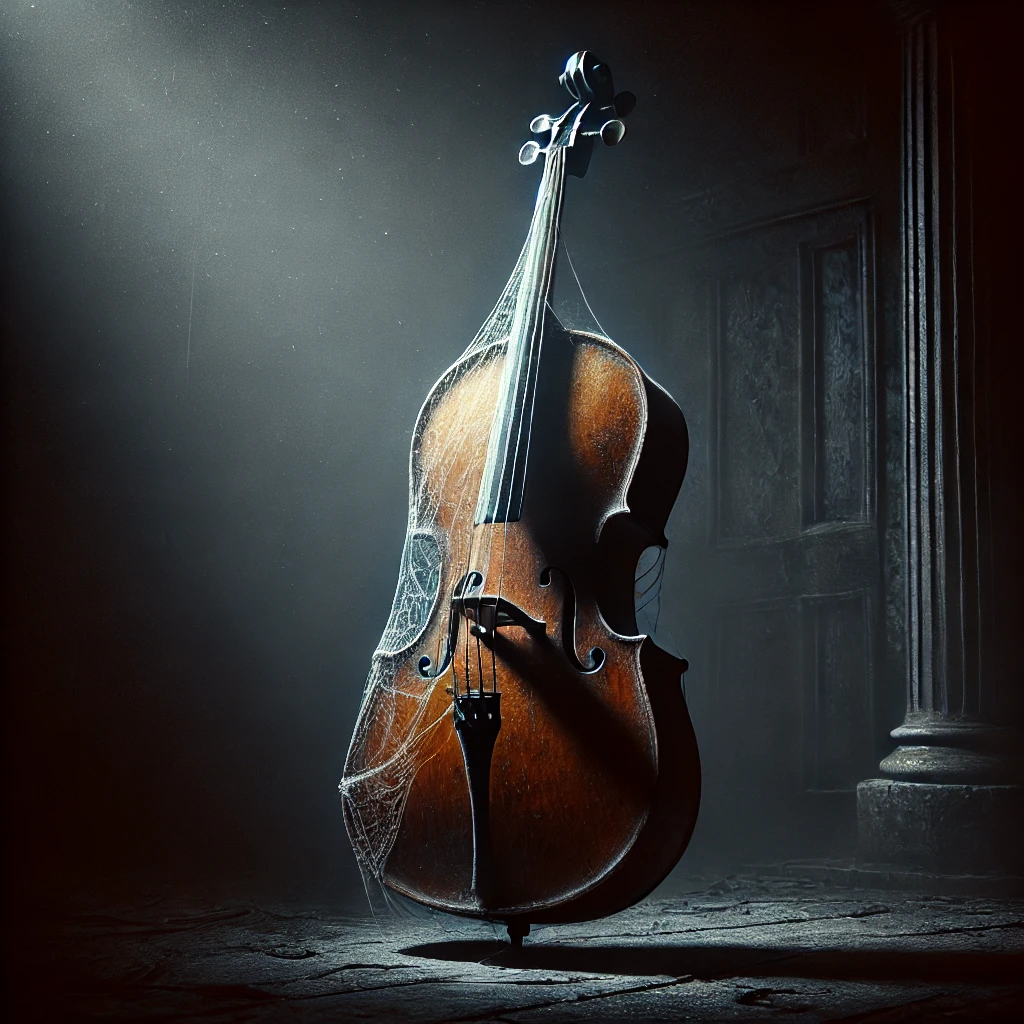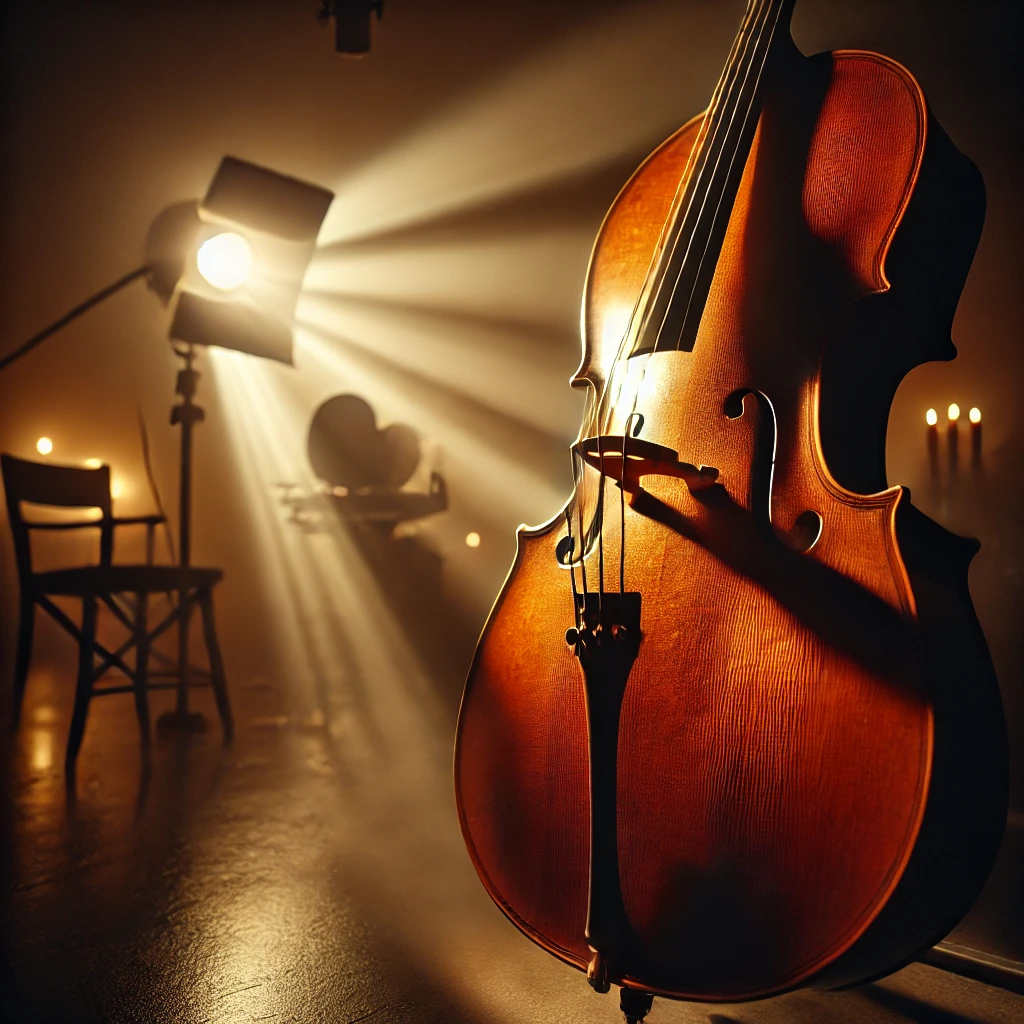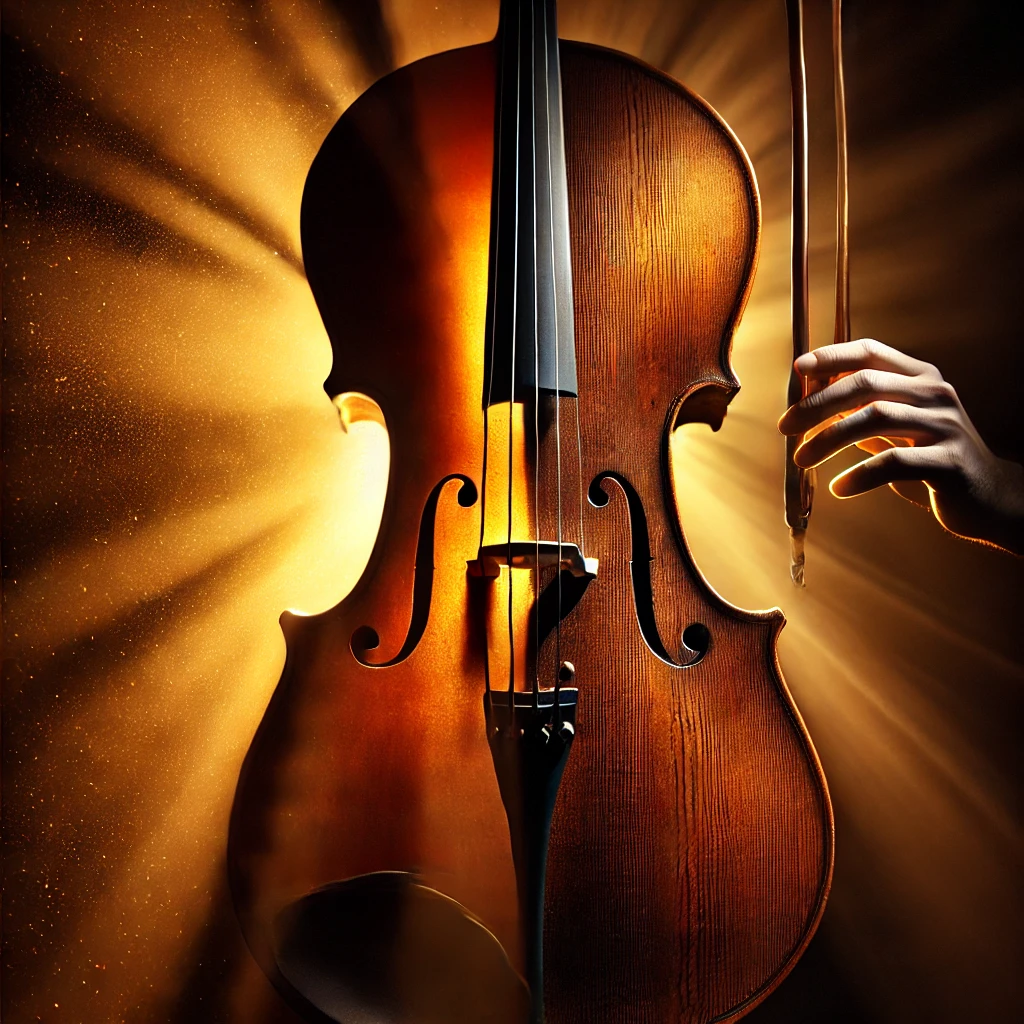The Resonant Shadows: Exploring Why the Cello Evokes Fear and Anxiety

Music has an unparalleled ability to tap into the deepest corners of human emotion. Among the vast array of musical instruments, the cello stands out not just for its rich, sonorous tones but also for its unique capacity to evoke feelings of fear and anxiety. This phenomenon raises intriguing questions about the psychological and cultural factors that contribute to such emotional responses. By delving into the characteristics of the cello, its use in media, and the science of sound perception, we can unravel why this instrument often stirs unsettling emotions.
The Psychological Landscape of Music and Emotion
To understand the cello’s impact, it is essential to consider how music influences emotions. Music communicates on a level beyond words, using elements like pitch, tempo, and timbre to convey mood and meaning. Low-frequency sounds, in particular, have a profound effect on the human psyche. They can trigger subconscious responses rooted in our evolutionary past, where deep sounds often signaled danger, such as the growl of a predator or the rumble of thunder.
The Cello’s Sonic Characteristics
The cello, with its wide range and deep resonance, is uniquely positioned to tap into these primal fears. Its ability to produce low-pitched notes that vibrate with intensity can create a sense of foreboding. The instrument’s timbre—a complex mix of overtones that give it a dark, rich quality—adds to its emotional depth. When a cellist draws the bow across the strings with particular pressure and speed, it can produce sounds that are both haunting and melancholic.
Moreover, the cello’s capacity for sustained notes allows for the gradual building of tension. Unlike percussive instruments that deliver immediate impact, the cello can hold a note that slowly crescendos, mirroring the rising sensation of anxiety. This sustained tension is a powerful tool in music composition for evoking unease.
The Cello in Cinematic Storytelling

The cello’s association with fear and anxiety is amplified by its prevalent use in film and television scores, particularly within the horror and thriller genres. Composers often employ the cello to underscore moments of suspense or to signal an impending threat. For instance, in the film “Psycho,” although the infamous shower scene relies on shrieking violins, other scenes use lower string instruments like the cello to build tension.
In more contemporary examples, the Netflix series “Stranger Things” uses cello-heavy tracks to evoke the eerie atmosphere of the show’s alternate dimension, the Upside Down. The deep, vibrating notes mirror the unsettling nature of the unknown world the characters navigate.
Video games also utilize the cello to enhance the gaming experience. Games like “Silent Hill” incorporate cello music to create an atmosphere of dread, making players feel uneasy as they explore dark and twisted environments.
Cultural and Historical Contexts
Historically, the cello has been associated with solemnity and gravitas. In classical compositions, it often carries the emotional weight of a piece, conveying themes of tragedy and loss. Composers like Dmitri Shostakovich and Edward Elgar have written cello concertos that delve into complex emotions, sometimes reflecting the turmoil of their times.
Cultural narratives can also influence how an instrument is perceived. In some folklore, string instruments are linked to supernatural events or beings. While the cello may not be directly associated with specific myths, the general aura of mystery surrounding classical instruments can feed into modern interpretations that align the cello with the eerie or the uncanny.
The Science Behind Sound and Emotion
From a scientific perspective, the way we process sound contributes to the emotional impact of the cello. Low-frequency sounds have longer wavelengths and can cause physical vibrations that are felt as much as heard. This physicality can make the experience of listening to the cello more immersive and, in some cases, more unsettling.
The human brain also responds to dissonance and minor keys—common in compositions that aim to evoke fear. The cello’s range makes it well-suited for playing in these keys, and its ability to produce dissonant harmonies can trigger emotional discomfort. Studies in psychoacoustics have shown that certain sound patterns can stimulate the amygdala, the part of the brain responsible for processing fear.
Emotional Resonance and Personal Associations
Individual experiences and associations play a role in how one perceives the cello. For someone who has encountered the instrument primarily in contexts of suspense or horror, the mere sound of a cello can trigger anxiety. This is reinforced by the phenomenon of classical conditioning, where a neutral stimulus (the sound of a cello) becomes associated with a negative response (fear) due to repeated pairings.
Additionally, the visual aspect of the cello can contribute to its eerie perception. The instrument’s large, human-like shape and the dramatic movements required to play it can appear imposing on stage or screen, especially when presented in low lighting or shadow.
The Role of Composers and Performers
Composers and performers harness the cello’s emotive power to elicit specific reactions from their audience. Through techniques like sul ponticello (playing near the bridge of the instrument) or col legno (using the wood of the bow), musicians can produce sounds that are atypical and jarring. These methods create textures that are unfamiliar and can provoke discomfort or anxiety in listeners.
Notable composers who have explored the darker tones of the cello include György Ligeti and Krzysztof Penderecki, whose avant-garde works push the boundaries of traditional string music. Their compositions often serve as soundscapes that delve into themes of existential dread and the human condition.
Balancing Darkness with Beauty

While the cello has the capacity to evoke fear and anxiety, it is also celebrated for its beauty and expressiveness. The same qualities that make it suitable for haunting music also allow it to convey profound joy and warmth. This duality is part of what makes the cello a powerful instrument in the hands of skilled musicians.
Understanding why the cello can evoke fear does not diminish its artistic value; instead, it highlights the instrument’s versatility and the depth of human emotional experience. Music, after all, is a reflection of the full spectrum of our feelings, from the darkest fears to the brightest joys.
Conclusion
The cello’s ability to evoke fear and anxiety is a multifaceted phenomenon rooted in its sonic characteristics, cultural associations, and the psychological effects of music on the human brain. Its deep, resonant tones tap into primal emotions, while its prominent use in media reinforces its connection to unsettling themes. By exploring these factors, we gain insight into not only the instrument itself but also the complex ways in which sound influences our emotions.
In the end, the cello remains a testament to the power of music as a universal language—one that can convey the inexpressible and touch the intangible corners of the human soul. Whether it stirs fear, joy, or contemplation, the cello continues to captivate audiences, reminding us of the profound impact that art can have on our inner lives.